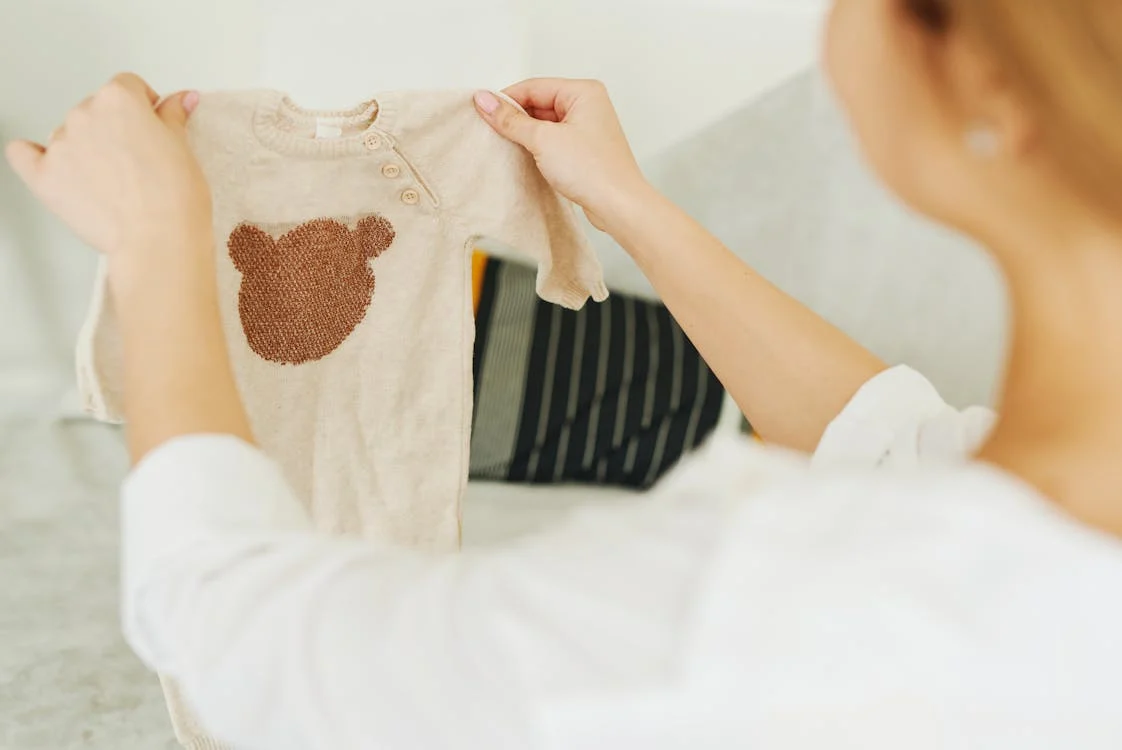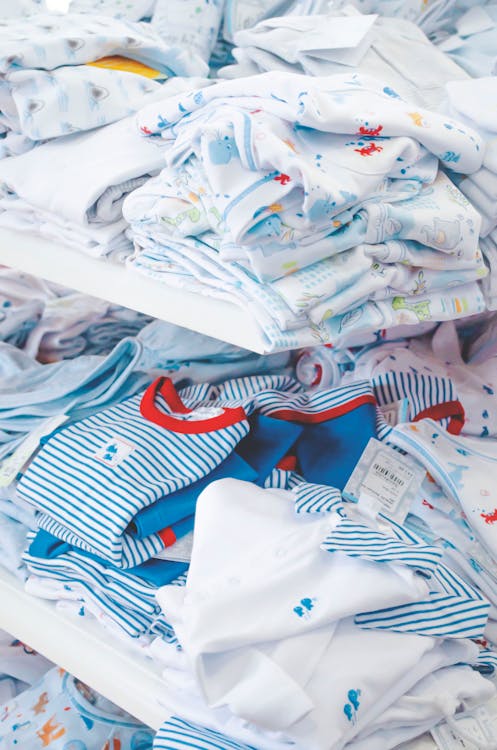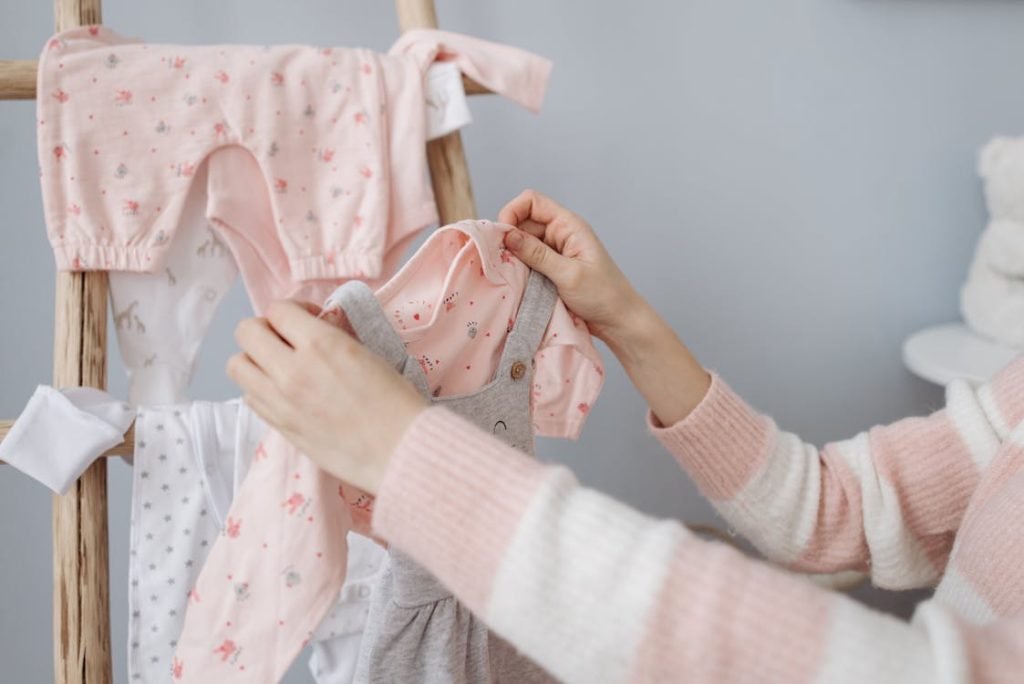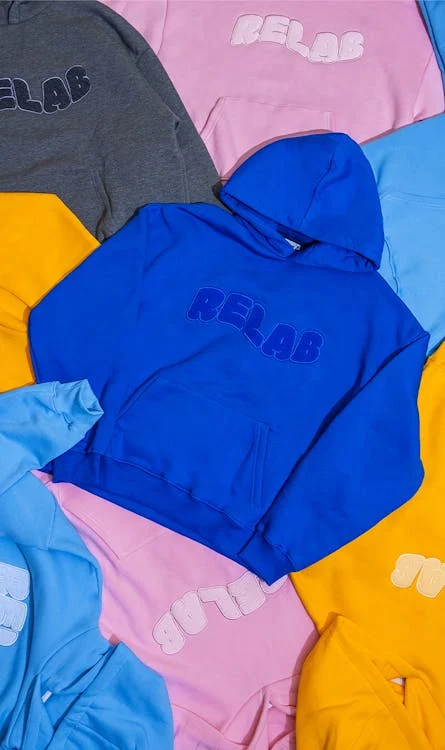Best Baby Clothing Fashion New Brand Review 2024

When it comes to baby clothing, parents want nothing but the best for their newborns. From comfort and safety to style and practicality, choosing the right baby clothes involves much more than just picking out cute outfits. In this detailed guide, we will dive into the essentials of baby clothing, covering everything from the types of fabric to consider, sizing tips, seasonal dressing, and more.
Thank you for reading this post, don't forget to subscribe!
The Importance of Choosing the Right Baby Clothes
Babies have delicate skin and sensitive bodies, which means their clothing needs are different from those of adults. Ensuring that your baby is comfortable, safe, and appropriately dressed is critical for their health and well-being. Additionally, baby clothing should offer ease of use for parents, who will be changing diapers and dressing their infants frequently.
Why Fabric Matters in Baby Clothing
When selecting baby clothing, the fabric is one of the most important considerations. Soft, breathable, and hypoallergenic fabrics are ideal for babies. Some popular fabric options include:
- Cotton: Known for being soft, breathable, and hypoallergenic, cotton is the go-to fabric for baby clothing. Organic cotton is an even better choice, as it is free from chemicals and pesticides.
- Bamboo: Bamboo fabric is gaining popularity due to its softness and eco-friendly nature. It is also moisture-wicking, making it great for warm climates.
- Fleece: This fabric is perfect for keeping babies warm during the colder months. However, it should be lightweight and breathable to prevent overheating.
- Muslin: A lightweight and breathable fabric, muslin is commonly used for swaddles and summer baby clothes.
When dressing your baby, always prioritize comfort and avoid fabrics that can irritate, such as wool or synthetic materials that don’t breathe well.
Baby Clothing Essentials: What Every Parent Needs
Certain baby clothing items are essential for every newborn. These pieces provide the foundation of your baby’s wardrobe and ensure that you are prepared for various situations and seasons.
1. Onesies and Bodysuits
Onesies, also known as bodysuits, are a staple in any baby’s wardrobe. These all-in-one outfits are convenient for diaper changes and come in short-sleeve, long-sleeve, and sleeveless varieties. They are typically made from soft cotton and can be layered easily.
2. Sleepers and Pajamas
Newborns spend most of their time sleeping, so having soft and comfortable sleepers is essential. Opt for footed sleepers that keep your baby warm without the need for additional blankets. Look for pajamas with easy-to-use snaps or zippers for quick nighttime diaper changes.
3. Hats and Mittens
Babies lose a lot of heat through their heads, especially newborns. Having a few soft hats on hand will help keep your baby warm, especially when heading outdoors. Additionally, mittens are useful for preventing babies from scratching their delicate faces.
4. Swaddles and Blankets
Swaddling helps babies feel secure and can improve sleep quality. Choose breathable swaddle blankets made from muslin or cotton. Blankets should also be lightweight and soft, avoiding heavy materials that could pose a risk of overheating.
5. Socks and Booties
To keep your baby’s feet warm, socks and booties are must-have items. Look for options that are soft and elastic enough to stay on but not too tight to restrict circulation.
How to Choose the Right Size for Baby Clothes

Baby clothing sizes can vary from brand to brand, so it’s essential to understand how to choose the right size for your baby. Most baby clothing sizes are based on age, but babies grow at different rates, so age isn’t always the most accurate predictor.
Understanding Baby Clothing Sizes
Here’s a breakdown of common baby clothing sizes:
- Newborn (NB): For babies weighing up to 7 pounds.
- 0-3 Months: Fits babies from 7 to 12 pounds.
- 3-6 Months: Fits babies from 12 to 16 pounds.
- 6-9 Months: Fits babies from 16 to 20 pounds.
- 9-12 Months: Fits babies from 20 to 24 pounds.
When in doubt, it’s often best to size up, as babies grow quickly and you don’t want clothing to be too tight. Additionally, keep in mind that some fabrics, like cotton, can shrink after washing.
Seasonal Dressing for Babies
Dressing your baby according to the season is crucial for keeping them comfortable. Overdressing or underdressing can lead to discomfort, overheating, or cold stress.
Summer Baby Clothing
During the summer months, lightweight, breathable fabrics are essential. Opt for short-sleeve onesies, lightweight pants, and sun hats to protect your baby from harmful UV rays. Always have a breathable muslin blanket handy for extra coverage if needed.
Winter Baby Clothing
In the colder months, layering is key to keeping your baby warm. Start with a cotton onesie and add a fleece or woolen sweater. Footed pajamas, beanies, and mittens help retain body heat. When going outside, a winter coat or snowsuit is essential, especially in freezing temperatures.
Spring and Fall Baby Clothing
Transitional seasons like spring and fall can be tricky for dressing a baby. Layering is the best approach, as temperatures can vary throughout the day. Dress your baby in layers that can easily be added or removed depending on the weather.
Baby Clothing Safety Tips
Safety should be a top priority when dressing your baby. Here are a few important safety considerations:
- Avoid loose clothing: Loose fabrics can be a suffocation hazard, especially around the neck and face.
- Choose flame-resistant sleepwear: Sleepers labeled as flame-resistant are a safer choice for nighttime wear.
- Check for choking hazards: Avoid clothing with small buttons, bows, or decorative elements that could be pulled off and swallowed.
- Monitor temperature: Babies are less able to regulate their body temperature, so check for signs of overheating or chilling regularly.
Sustainable and Eco-Friendly Baby Clothing

As more parents become conscious of the environmental impact of clothing production, sustainable baby clothing options are growing in popularity. Choosing eco-friendly fabrics like organic cotton and bamboo not only reduces environmental impact but also ensures that your baby’s clothes are free from harmful chemicals.
Benefits of Sustainable Baby Clothing
- Healthier for your baby: Eco-friendly fabrics are free from pesticides and harmful chemicals, which can irritate delicate skin.
- Environmentally friendly: Sustainable fabrics require less water and energy to produce, making them a better choice for the planet.
- Durability: Many sustainable fabrics, like bamboo and organic cotton, are highly durable, meaning they can withstand frequent washing and wear.
Conclusion
Choosing the right baby clothing is a crucial part of ensuring your baby’s comfort, safety, and happiness. From selecting the best fabrics to ensuring the proper fit and seasonal dressing, there are many factors to consider when building your baby’s wardrobe. Prioritize quality, comfort, and safety when making your selections, and always keep your baby’s unique needs in mind.
